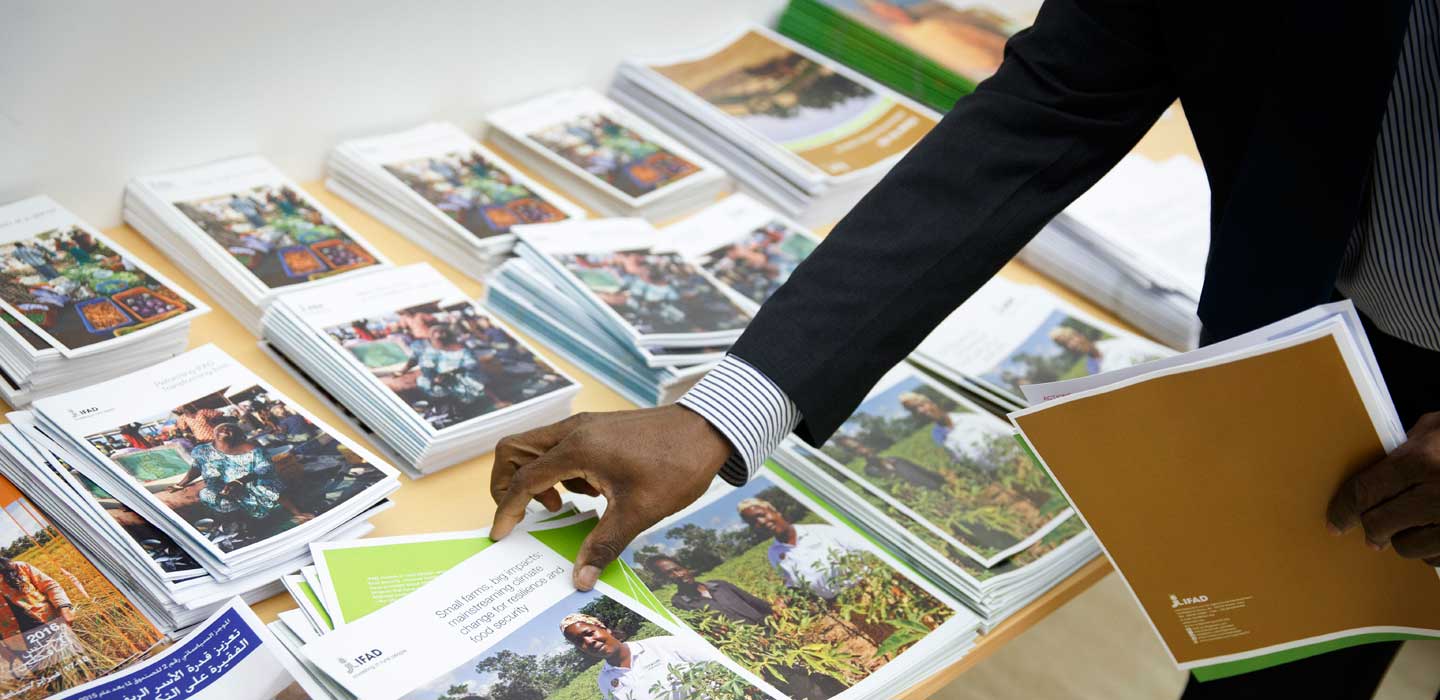Fiches d'information

Fiches d'informations
Menu Affichage
Search Results Filters
Résultats de recherche
Grant Results Sheet IWMI - Mainstreaming innovations and adoption processes from the CGIAR Challenge Programme on Water and Food in IFAD’s portfolio
janvier 2017
The programme supported innovation funds working directly with communities to scale up approaches in Bangladesh, Ethiopia, Ghana, Lao People’s Democratic Republic, Uganda and Viet Nam.
Investing in rural people in Nicaragua
janvier 2017
IFAD’s strategy in Nicaragua supports the efforts of farmers’ organizations and the government to increase inclusive growth in the agricultural sector as a vehicle for reducing poverty, generating employment and improving family food consumption, as well as contributing to sustainability and the replication of good practices. The strategic objectives centre on:
• Inclusion. Access is facilitated to assets, markets and income-generating activities, and job opportunities increase.
• Productivity. Labour productivity is increased through incentives that facilitate access to information, technology and technical and financial services.
• Sustainability. Environmental, fiscal and institutional sustainability are improved.
• Inclusion. Access is facilitated to assets, markets and income-generating activities, and job opportunities increase.
• Productivity. Labour productivity is increased through incentives that facilitate access to information, technology and technical and financial services.
• Sustainability. Environmental, fiscal and institutional sustainability are improved.
ASAP Ethiopia factsheet
janvier 2017
Ethiopia is the second most populated African country with an estimated 96.9 million citizens. Of the total population, 81 per cent are classified as rural. The population is also growing at a rate of around 3 per cent per year. Whilst extreme poverty is declining, it is still widespread and in 2011 was counted at 30 per cent.
ASAP Malawi factsheet
janvier 2017
Malawi is a densely populated landlocked country with a population of 17.7 million. Its population growth is about three per cent per year, and it has one of lowest GDPs in the world, with a human development index (HDI) ranking of 174 out of 187 countries. Many Malawians (51 per cent) live below the poverty line of US$1 per day, and this poverty incidence is mainly rural (85 per cent). Endemic poverty has also led to chronic food insecurity and malnutrition for 2.8 million Malawians, combined with HIV/AIDs prevalence of nearly 12 per cent.